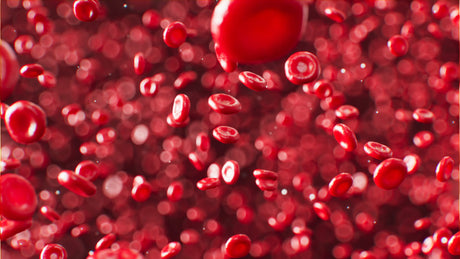Do You Need Glasses for Red Light Therapy?
Red light therapy uses specific wavelengths (typically 630nm–850nm) to stimulate cellular repair. But how does it affect your eyes?
Scientific Evidence on RLT and Eye Safety
-
Low-Risk Wavelengths (630nm–670nm):
- Studies show minimal risk to retinal cells at therapeutic doses (Journal of Photochemistry and Photobiology, 2020).
- The eye naturally filters some red light, reducing penetration.
-
Higher-Risk Wavelengths (800nm+ Near-Infrared):
- Near-infrared (NIR) light penetrates deeper, potentially causing temporary retinal stress with prolonged exposure.
- A 2021 study in Ophthalmology recommended protective eyewear for high-power NIR devices.
[INSERT IMAGE: Comparison of red vs. near-infrared light penetration in the eye]
When Should You Wear Red Light Therapy Glasses?
✅ Using high-intensity panels (>100mW/cm²)
✅ Exposing eyes directly to near-infrared (NIR) light
✅ Extended sessions (>15 minutes)
✅ If you experience eye strain or discomfort
Choosing the Right Red Light Therapy Glasses
Not all glasses provide adequate protection. Look for:
Key Features of Effective RLT Glasses
🔹 Blocks 95%+ of 660nm–850nm light
🔹 Comfortable, wrap-around fit (prevents side light leakage)
🔹 FDA-cleared or CE-certified (ensures proper protection)
🔹 Durable, scratch-resistant lenses
Top-Rated Red Light Therapy Glasses
- Medical-Grade Laser Safety Glasses – Best for high-power NIR devices
- Amber-Tinted RLT-Specific Glasses – Blocks both red and NIR light
- Adjustable Side-Shield Glasses – Prevents peripheral light exposure
Frequently Asked Questions
Q: Can I use regular sunglasses for red light therapy?
A: No—most sunglasses don’t block the right wavelengths. Specialized RLT glasses are needed for proper protection.
Q: What happens if I don’t wear glasses during RLT?
A: Brief exposure is low-risk, but prolonged sessions may cause eye strain, dryness, or temporary light sensitivity.
Q: Are there benefits to red light therapy for eyes?
A: Some studies suggest 660nm red light may support retinal health, but never stare directly into the light source.
Conclusion: Should You Use Red Light Therapy Glasses?
For low-power home devices (masks, wands), glasses may not be necessary. However, high-intensity panels (especially NIR) benefit from protective eyewear to prevent discomfort.
Looking for reliable RLT glasses?









